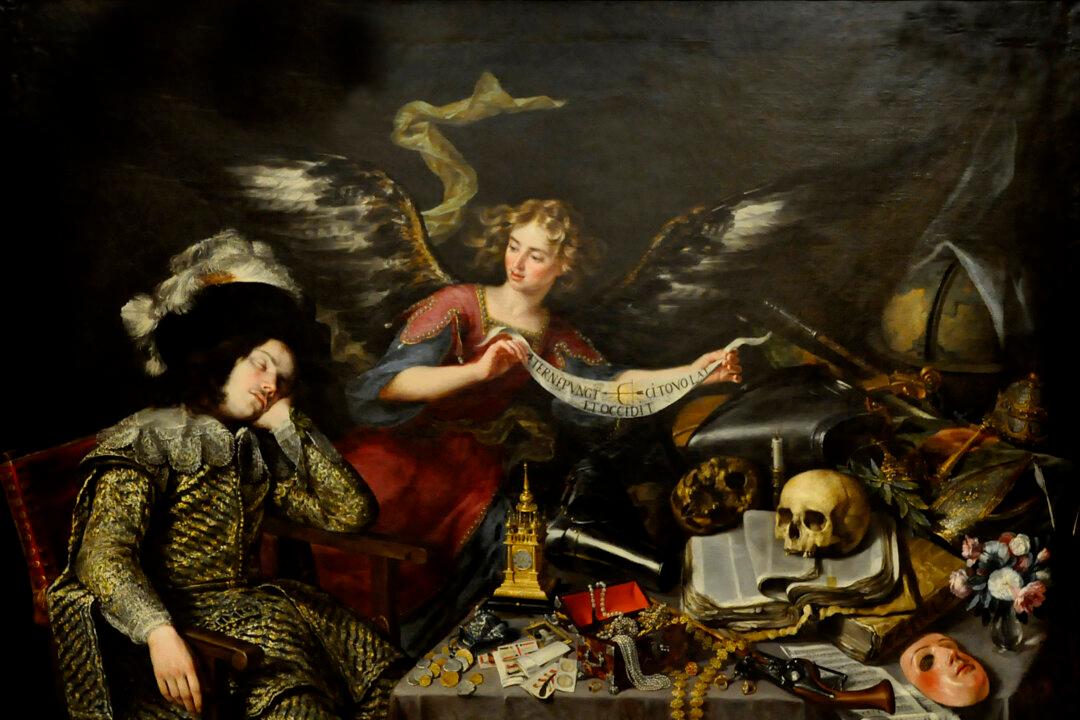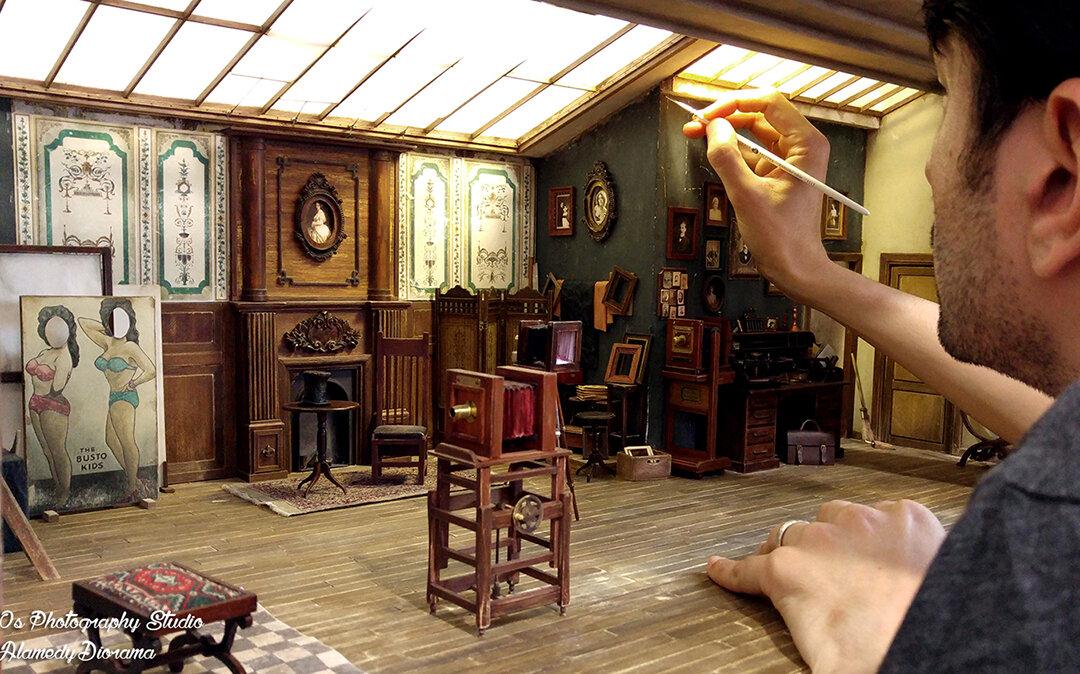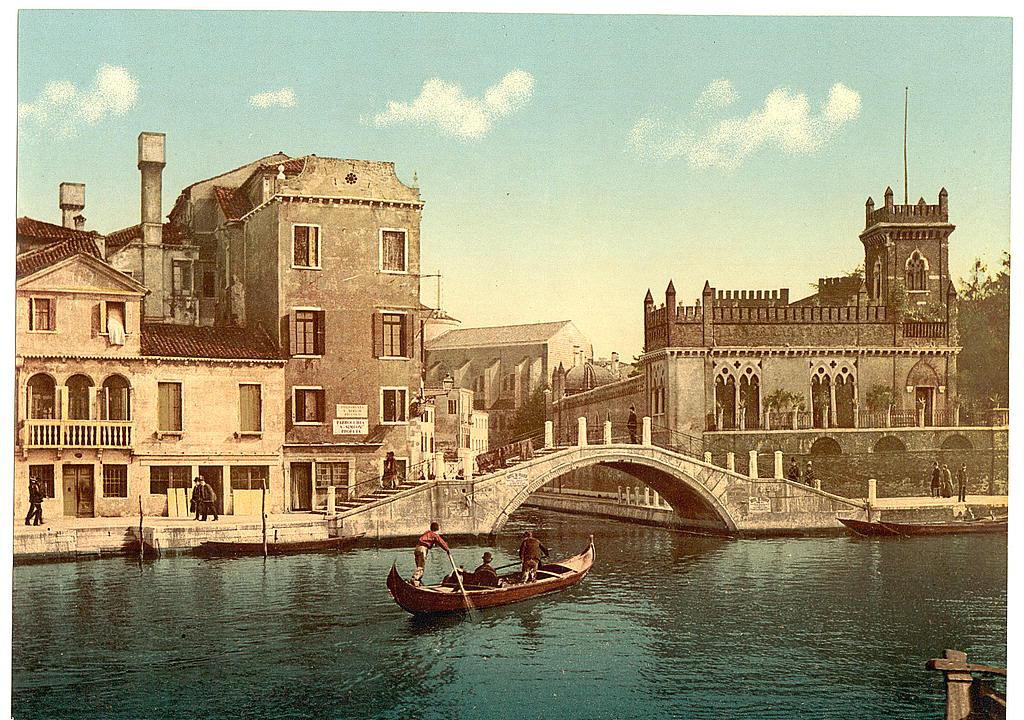Similar to walking into a museum and absorbing the beauty of fathomless creativity, entering the dream state also initiates an experience of unexpected images. In both cases, we can be carried away by the pictures to a place far from a zone we control.
Dreams have always fascinated us. From Medieval times to the early days of photography, depictions of the sleeping mind have have always resonated with viewers of art.
Not surprisingly, artists have often favored dreams as almost characters in their painting, usually depicting dream sequences as separated parts of the image.
In Medieval art, dreams were often interpreted with religious meanings and were connected to a higher state of mind. And thus in dreams, people were able to see and be inspired by the heavens to fulfill a mission. Because dreams were not part of a sinful body, they were seen as closer to the truth than the reality of everyday life.
Different ways to capture the seemingly invisible dreams came with, for example, romanticism. Fascinated by nightmares, artists freed themselves to become storytellers through dreamy scenes.
But whatever the approach, the art, like dreams, has the power to move us and inspire.







